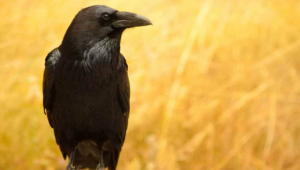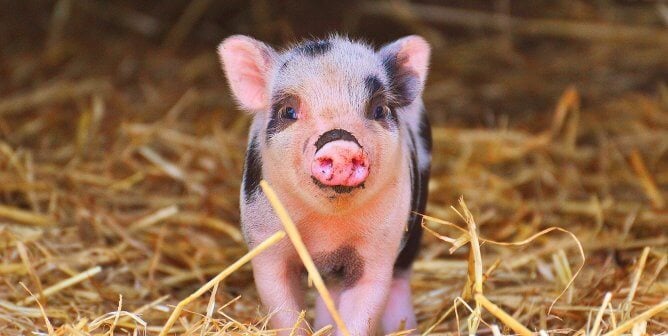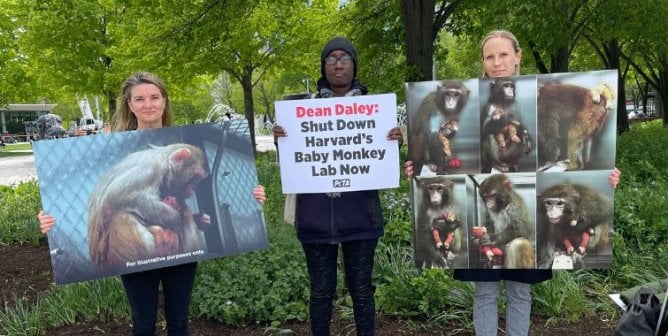Eight Shocking Facts About CSU’s West Nile Experiments on Birds
At Colorado State University (CSU), experimenters led by Gregory Ebel have been capturing wild birds—healthy robins, crows, and sparrows—and infecting them with deadly viruses. In CSU labs, these birds as well as hundreds of newly hatched chicks are infected with West Nile virus (WNV) to observe its spread through their bodies and the way it changes as it replicates. Even though confinement alone causes the birds tremendous stress, their discomfort is only compounded when they’re injected with strains of WNV and subjected to multiple blood draws, including from their jugular veins. Watch this short video to learn more:
Studies published in prestigious medical journals have shown time and again that animal experimentation wastes precious resources and lives—both animal and human. More than 90 percent of studies on animals fail to lead to treatments for humans. Yet, around the world, millions of animals—like the birds captured by Ebel’s team at CSU—continue to be killed after being used in experiments.
Here are eight reasons why CSU’s West Nile experiments on birds are cruel and useless:
1. To capture these intelligent crows, robins, and sparrows, experimenters lure them with food or deploy mist or canon nets to entrap them. Then they snatch them away from their families and natural environment.
2. Crows who are infected with WNV become lethargic, and their heads and wings droop. They develop a fever and multiple organ failure. Workers let some of the infected birds in this laboratory die that way. Others are killed days after being infected.
3. The fear and stress experienced by these trapped wild birds, who are held in captivity and subjected to invasive and painful laboratory procedures, dramatically alters the functioning of their immune system. It’s impossible for experimenters to study natural infection or immune response using terrified and traumatized animals.
4. In 2018, 37 wild crows were captured illegally by Ebel and his colleagues. By the time this was brought to the attention of authorities, some of the birds had already been killed in experiments. The Ebel laboratory is currently under investigation by Colorado Parks and Wildlife for illegally trapping birds.
5. The National Institute of Allergy and Infectious Diseases has given the Ebel laboratory more than $4.5 million to conduct these deadly experiments on healthy birds, even though the experiments are not designed to help humans with WNV.
6. After 13 years of capturing, infecting, and killing hundreds of healthy birds and spending millions of dollars of taxpayer money, the Ebel laboratory has not developed a cure, vaccine, or any clinical treatments for WNV—either for humans or birds.
7. Numerous scientists are already successfully studying WNV in vitro (using mosquito, avian, and human cell lines) as well as directly in infected human patients, with the goal of developing new WNV treatments for humans and animals.
8. Crows, robins, and sparrows are highly intelligent, sentient animals, with complex communication systems and social structures. They experience physical and psychological pain, and they value their freedom, their families, and their lives. A growing body of work indicates that crows are able to solve complex problems, understand analogies, use tools, delay gratification, and recognize individual human faces—distinguishing between friend and foe. To use any of these birds in experiments that cause pain and psychological distress is wrong.
In response to a PETA complaint, the National Institutes of Health (NIH) has confirmed that Ebel—whose experiments are funded by NIH—captured and likely experimented on dozens of wild crows illegally. PETA has also determined that CSU failed to include the birds who were trapped, used, and killed by Ebel in its reports to the federal government, as required by law.
What You Can Do
Join PETA in demanding that any surviving birds be released immediately and that no future permits be issued to Ebel.





